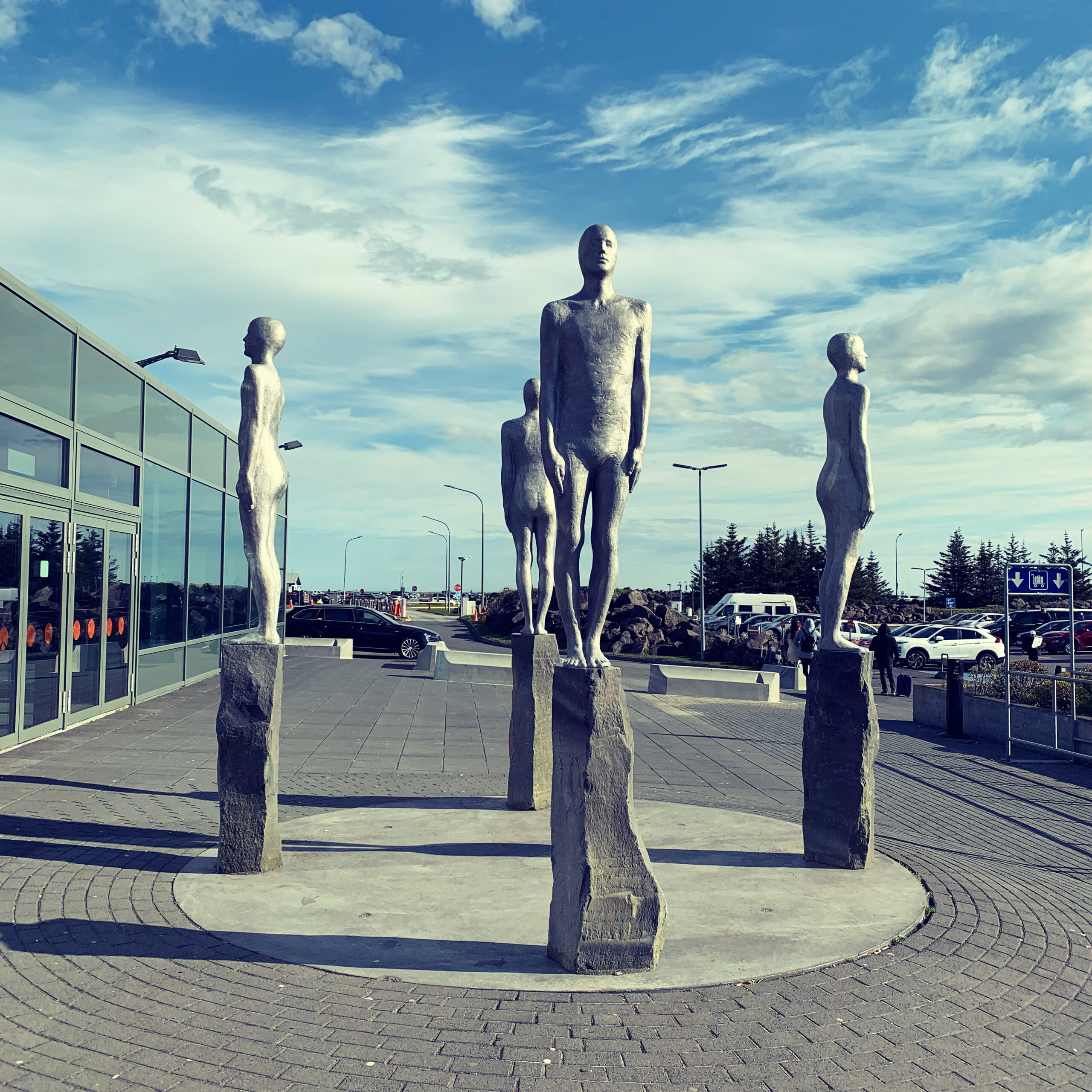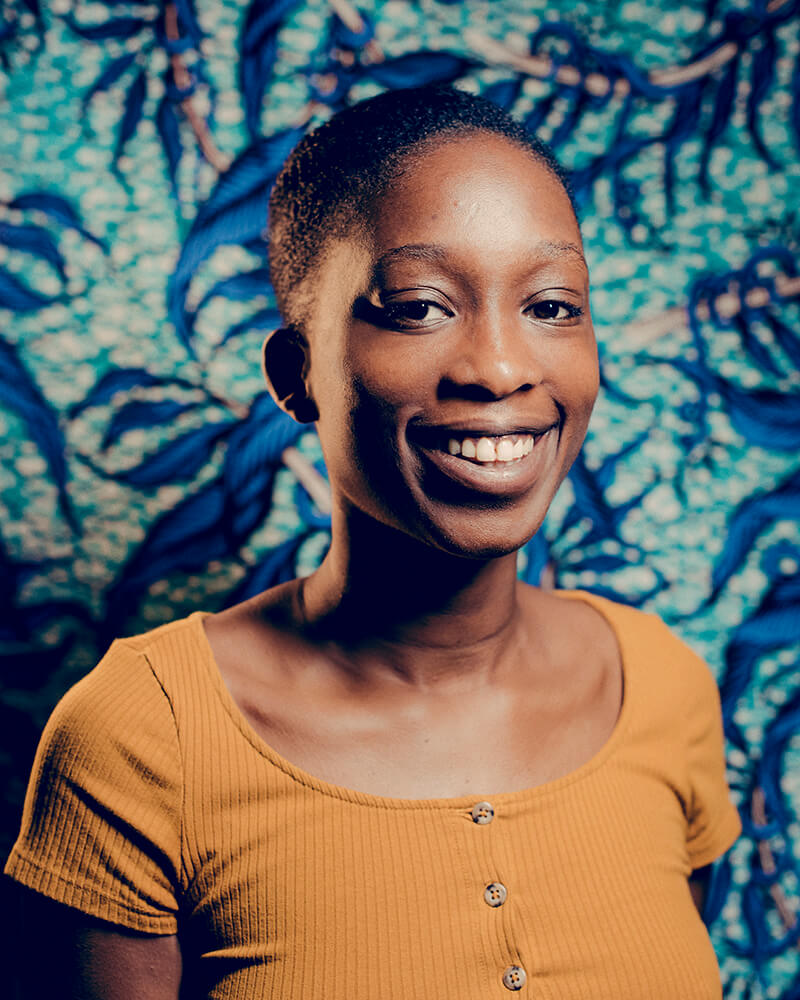When we hear about alignment, what exactly are we referring to? This term, although seemingly common in our everyday vocabulary, contains a conceptual depth that deserves to be explored in more detail. We must dive into its etymology to understand its foundations, an essential starting point to follow its evolution. This will also allow us to understand why 2050 has made it one of the pillars of its identity.
France is once again in the spotlight. After the term “entrepreneur” adopted by Tech, they are now proposing another word to accompany the sustainable revolution: alignment. Although the French language is full of complex concepts, this one isn’t. It’s rather a series of concrete actions.
Beyond this simple notion of organising elements in a straight line, Marie Ekeland, CEO and founder of 2050, defines this concept as “the three key dimensions of humankind”: the individual dimension, which touches our personal essence; the collective dimension, which concerns our social interactions; and the systemic dimension, which connects us to our environment. It’s precisely this holistic approach to human experience that gives alignment its unique strength and singularity in the landscape of contemporary organisational and philosophical concepts.
It is an approach that aims to avoid the misalignment of companies while they are structurally pushed towards it by competitive and financial market pressures. Netflix perfectly illustrates this phenomenon. Its founding CEO, Reed Hastings, stated a few years ago that his main competitor was sleep, putting the company’s economic interests in conflict with its customers’ health. This deviation highlights the need for sustainable alignment that can resist the company’s growth and success at all coasts. It’s with this objective that the alignment method was developed by 2050 and We are Human.
The alignment method represents much more than a simple management tool. According to Sindre Ostgard, Chief Alignment Officer at 2050, it constitutes a profound invitation to consider and explore the complex and often neglected link between our personal aspirations and the challenges of the world around us, a world in constant mutation and faced with unprecedented challenges. He poses a fundamental question that summarises the very essence of this approach: “How can I align the interests of what I do with the interests of everything that surrounds me?” This question, far from being trivial, pushes us to think critically and constructively about the broader scope of our daily acts and decisions, inviting us to adopt a more global and responsible perspective in each of our choices.
Alignment, in its most advanced conception, goes well beyond the simple search for internal coherence within an organisation. It aspires to create a profound and lasting harmony between our individual objectives, often centred on our personal and professional fulfilment, and the broader well-being of our immediate environment and the planet as a whole. As in a democracy, where individual interest must be combined with general interest, alignment seeks to harmonise individual aspirations with the common good. This analogy highlights the collaborative and balanced nature of alignment, where each stakeholder is invited to consider not only their own needs but also those of the community as a whole. Just as a healthy democracy relies on the active and responsible participation of its citizens, alignment encourages each individual and organisation to play a constructive role in creating a more equitable and sustainable ecosystem.
As an entrepreneur, talking about alignment means opening the door to a new way of thinking and acting. Beyond words and theories, it’s a powerful transformation lever that can reinvent how we create value. Paebbl, who adopted the alignment methodology before going into Series A fundraising, which they just successfully closed at $25m from Capnamic, Amazon’s Climate Pledge Fund and Holcim among others is living proof: from their fundraising to their daily impact, they demonstrate that another model is possible.

